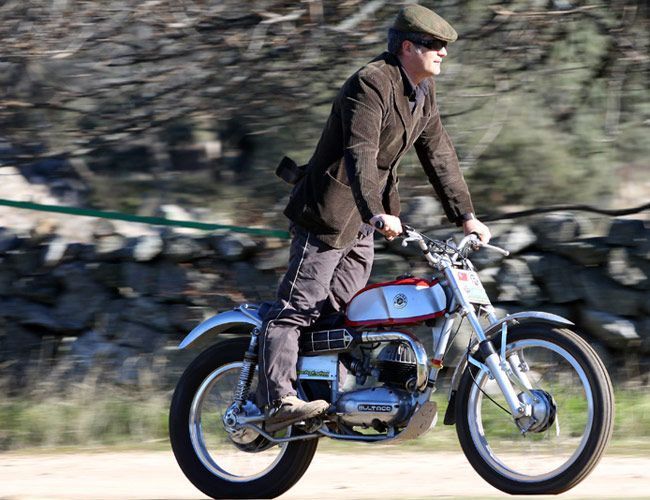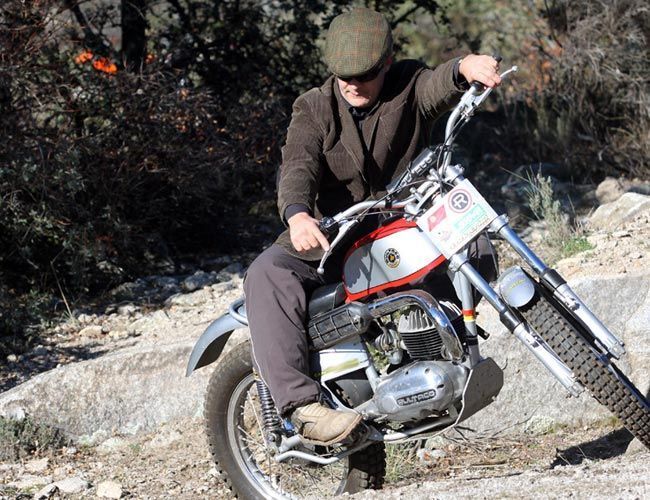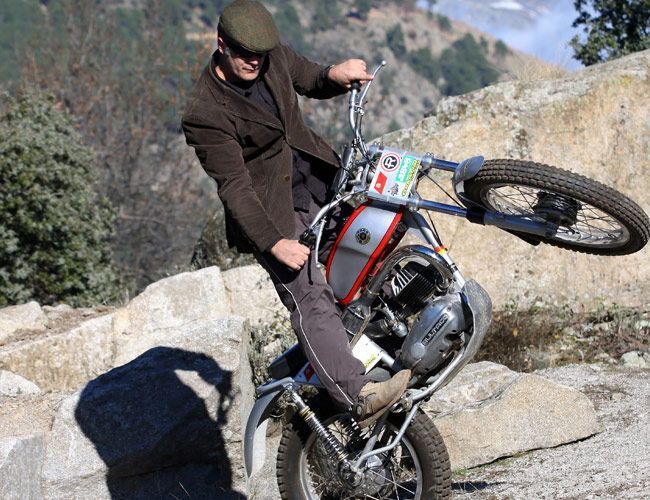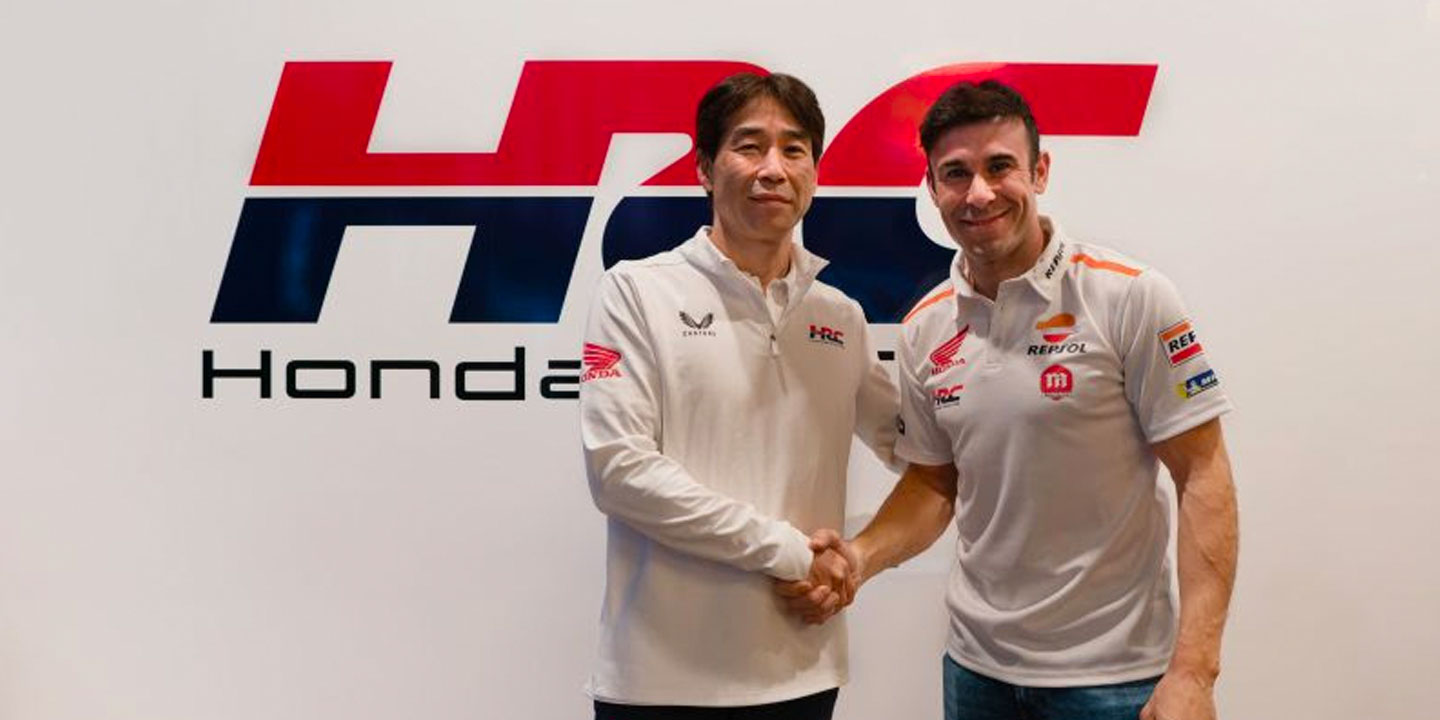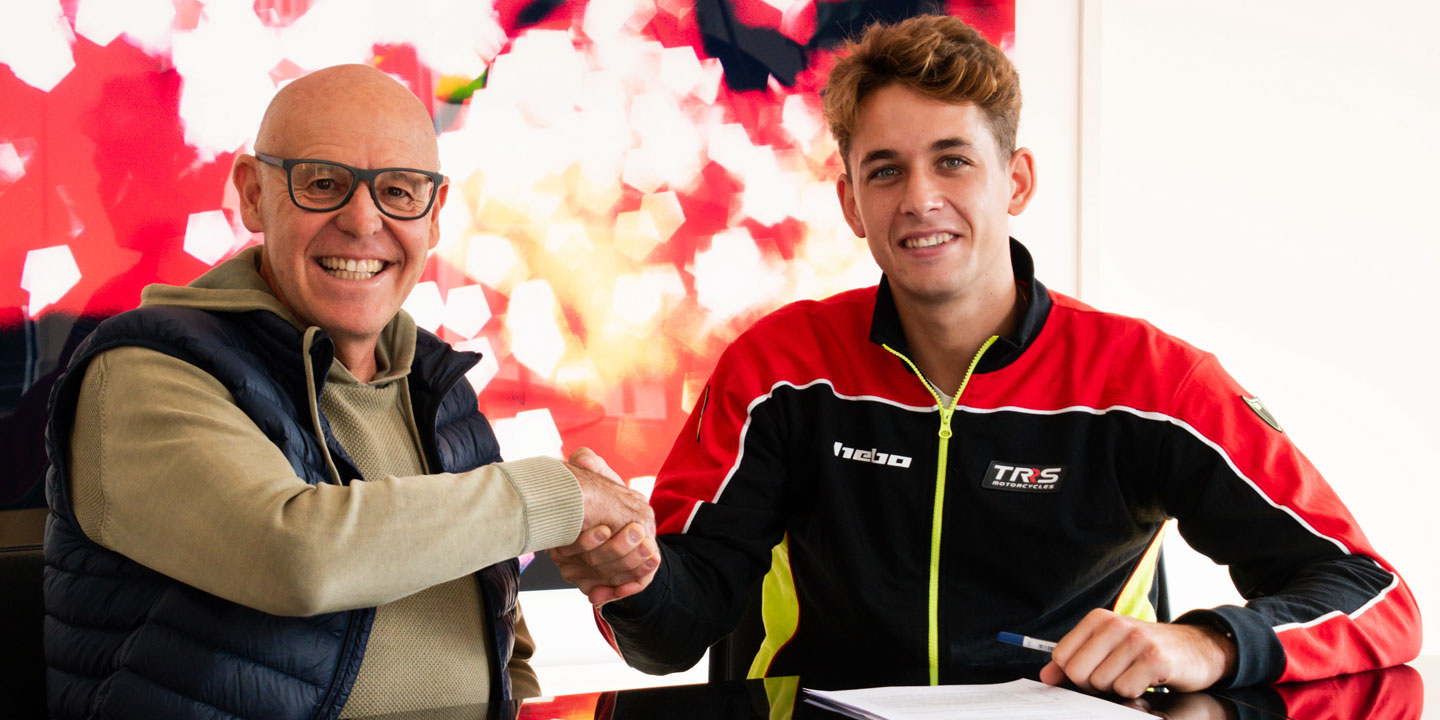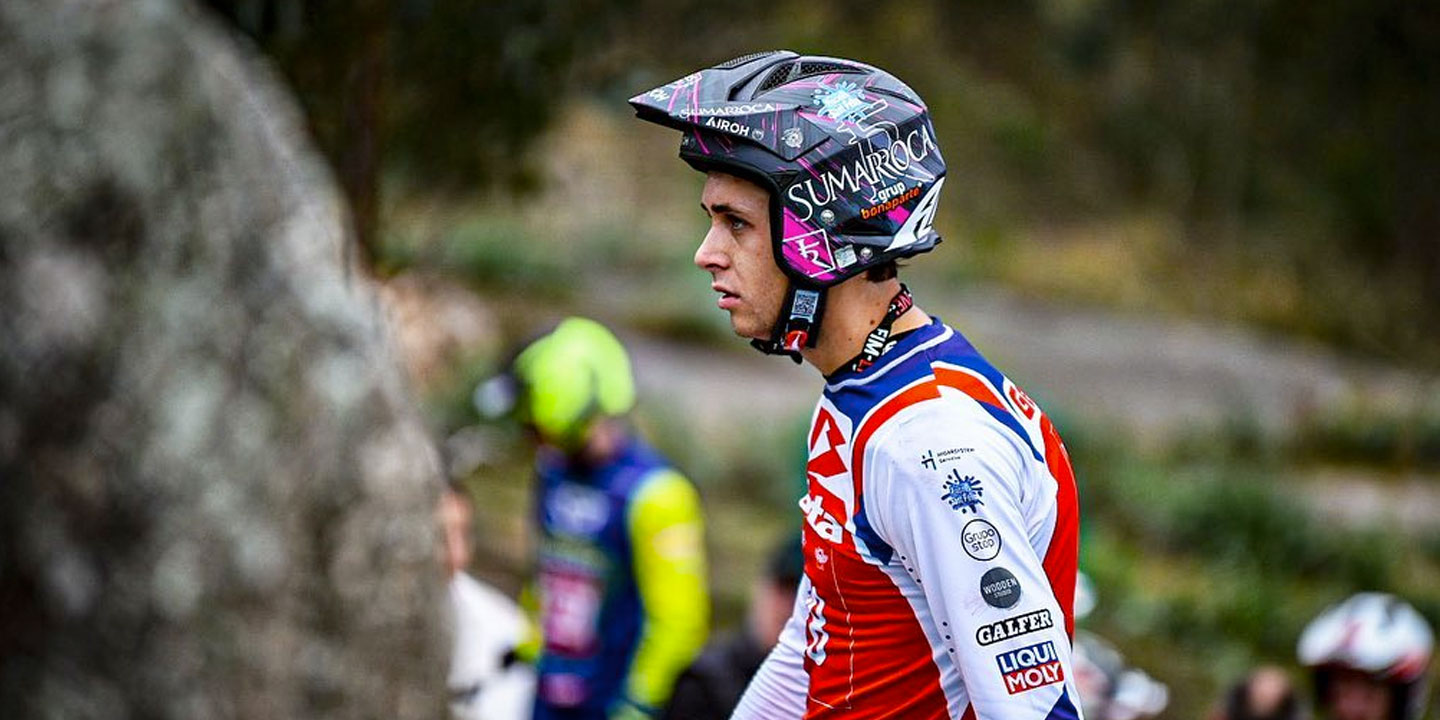An Irish genius who went by the name of Sammy revolutionized British Trial on the back of a burly Ariel HT5 that gave him a lot of joy, but not the dream of reflecting his work in a series production. However, there was Paco Bultó, who became his right-hand man and allowed him to evolve a primitive Sherpa N into one of the most influential models ever made: the Bultaco Sherpa T model 10 “Sammy Miller”
All stories have a starting point. If we had to write the
trial
We would talk about the great influence that the sized valve engines had in the middle of the twentieth century, such as the Ariel HT5, which was lucky enough to fall into the hands of a nice Irishman called Samuel Hamilton Miller (Sammy Miller) and be worked with success until achieving the insurmountable figure of more than 500 victories.
At the same time, in Spain, Don Paco Bultó lived the motorcycle as a great fan, but his passion was also a concern for competition. In 1962 he sent his nephews to Paris to compete in the Saint Cucufá Trial with Sherpa N derived directly from asphalt. That experience helped them realize two things: one, that the bike could work well and be competitive; the second, that a certain Sammy Miller was the best pilot in the specialty.
It was not until 1964 that Bultó took advantage of a trip to the International Six Days in Germany to engage in talks with Miller. The latter, loyal to Ariel, declines his proposal gracefully, but it would not be long before the crisis of the English industry arrived and the moment when BSA absorbed Ariel, disappearing many emotional ties on Sammy’s part and the possibility of materializing all the work of the last years in a series unit.
PACO BULTÓ AND SAMMY MILLER
Sammy and Bultó immediately began a professional relationship and in a few days Bultaco was more competitive than Ariel. Miller continued his work in England and after modifying large components such as the chassis, it didn’t take long for him to take his first victory in an English trial. That spartan, efficient and unaesthetic bike was what the public began to demand: a product created for competition without the need for modifications.
In 1965, the first Bultaco Sherpa T model 10 “Sammy Miller” series began to be manufactured, despite the years. The Sherpa, as we have said, is Spartan. It lacks a front and rear headlight, so it also has an electrical system itself, being reduced to a magnetic steering wheel and an external coil signed by FEMSA. The fenders were of polished duralumin, very delicate; The front is fixed by two chrome-plated steel plates in the form of a bridge. Interestingly, the level of simplicity was so high that it lacked even a kickstand.
The eight-litre tank is the differentiating note due to its shapes between the first and second series. It is constructed of fiberglass and tapers at the rear to make the bike more ergonomic. The engine only cubes 244.9 cc, with a thermal unit derived from the N model, equipped with two transfers and a two-support crankshaft with counterweight at the right end to improve the response in the underbody. The gearbox is only 4 speeds and the carburetor a simple 24 mm IRZ (26 or 28 today).
At the 1965 Barcelona Motor Show, the Sherpa T “Sammy Miller” was exhibited under the slogan “the most perfect trial machine ever built”. A curious fact, but the truth is that the “model 10” was revolutionizing Trial, even though in our country it was an unknown specialty. Approximately a total of 2,000 units (500 of the first series and 1,500 of the second) were produced between 1965 and 1966. It is estimated that if they are well restored, there will be no more than 100 left around the world and their price on the market is really variable: you can find them from 4,500 euros to 7,000 or 8,000 euros. It will all depend on the sentimental value and condition of the unit in question.
AT THE CONTROLS OF THE MODEL 10 SHERPA
Our friend and collaborator, Antonio Villanueva, has been runner-up in Spain in 2009 with this “second series” unit in the Pre-72 category. His extensive knowledge of Bultaco in particular and Trial in general, gives us a cornerstone view of the evolution of the specialty in the last half century:
Surprising presence and elegance in this Bultaco Sherpa”This bike was a great revolution in Trial. Compared to his rivals it was light and practically the only two-stroke, so Miller’s great feat has even more merit. The engine is a 250, but it has a tremendous low-end response; It is not a direct or fast engine of reactions, but a very continuous one. It is a 2T engine with a 4T essence. It’s almost impossible for it to get stuck.
The chassis also runs extraordinarily well. The geometries are particular, as it has a lot of launch and is ideal for “Scottish” type stone areas. In a straight line it is a real beast, but in mousetrap turns you realize that you have to place the weight very well, different from a Sherpa of the seventies, more delayed, to be effective and not quickly run out of grip.
Regarding the suspensions, it should be noted that the first unit came out with a Bultaco Lobito fork, while afterwards there was an important evolution that has a very positive impact on the sensations. It has the limitations of a vintage bike, but in general we can say that with some modification the efficiency is high.
Interestingly, for some areas, such as the aforementioned river or stone, a “model 10″ is almost better than a more modern Sherpa. The key is in the center of gravity. This bike has it very low, you just have to look at the shapes of the frame and the low clearance of the engine plate to the ground. That gives it a plus of stability and poise, but when things get tough and the terrain is rough, things start to change.
All in all, this bike has laid a great foundation for modern trial. The most curious thing in my opinion, is that the size of the rims has not changed in all these years; that is, you can fit the tire of the new Ossa TR 280i works for this Sherpa, although logically this rim is a little narrower and would be with another shape.”
Text and photos: David Quer || Action: Antonio Villanueva
